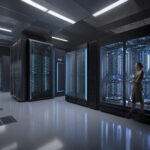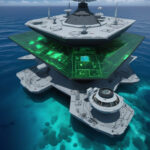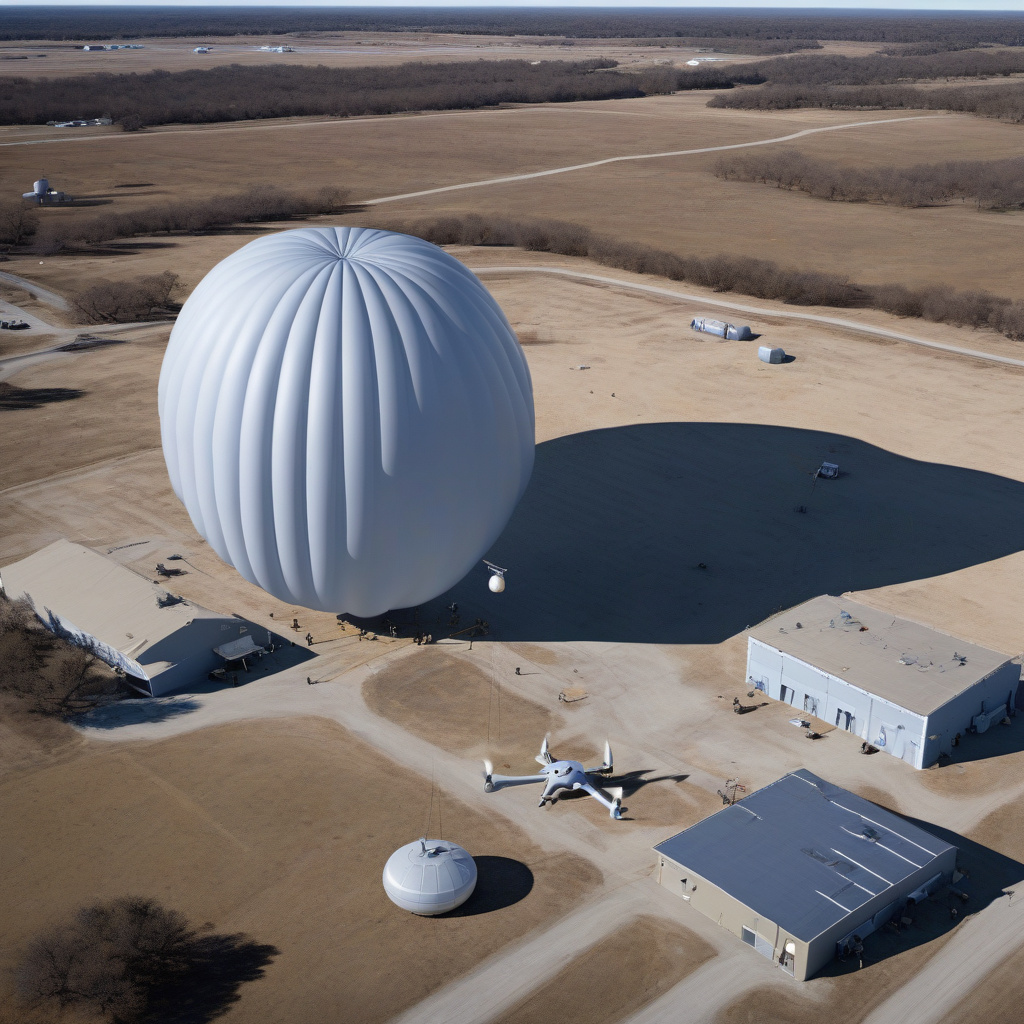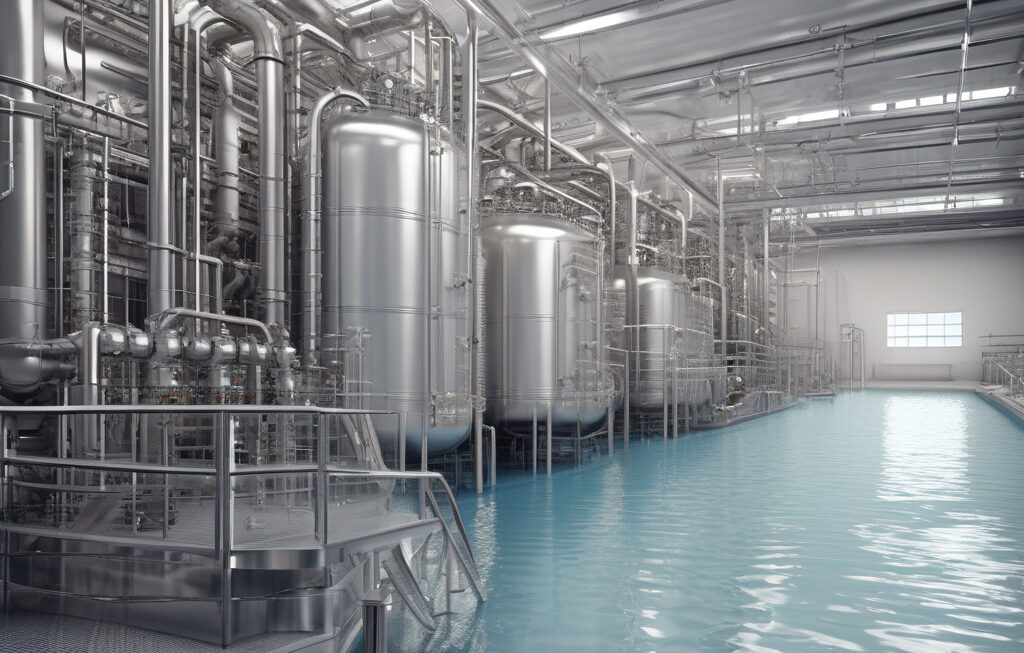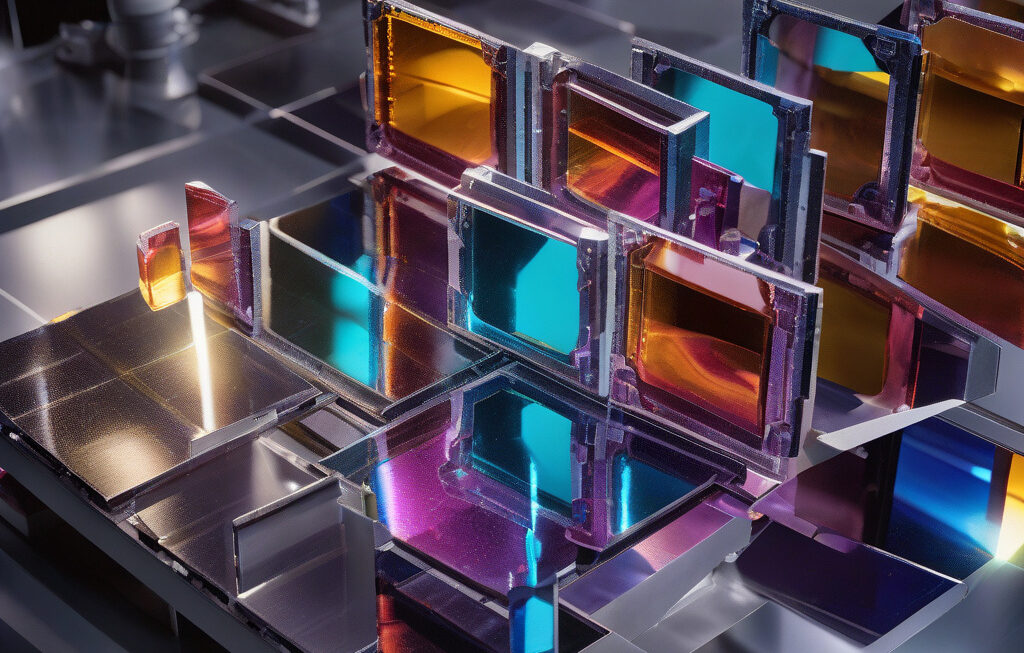US Navy and Marines Test Hydrogen Balloon, Drone System for Over-the-Horizon Vision
The U.S. Naval Research Laboratory (NRL) and Marine Corps partners have demonstrated a new way to enhance over-the-horizon vision capabilities through the utilization of a hydrogen balloon and drone system. This innovative approach showcases the continuous efforts of the military to advance their technological arsenal for improved strategic operations.
The hydrogen balloon, known as an Aerostat, acts as a high-altitude platform for the integration of a drone system. By combining these technologies, the Navy and Marines aim to extend their vision beyond the horizon, enabling them to gather essential intelligence, surveillance, and reconnaissance data in real-time. This enhanced vision capability is crucial for maintaining situational awareness and making well-informed decisions during operations.
One of the key advantages of using a hydrogen balloon in conjunction with drones is the ability to achieve greater altitude and endurance. The Aerostat can reach altitudes of up to 15,000 feet, providing a stable platform for the drone to operate at extended ranges. This setup allows for a wider field of view and longer mission durations, enhancing the overall effectiveness of the surveillance system.
Moreover, the integration of hydrogen balloons offers a cost-effective and sustainable solution for prolonged aerial surveillance. Unlike traditional aircraft that require constant fueling and maintenance, Aerostats can remain airborne for days or even weeks, making them ideal for persistent monitoring missions. This capability is particularly valuable for remote or inaccessible areas where maintaining a continuous aerial presence is challenging.
In a recent demonstration conducted by the NRL and Marine Corps, the hydrogen balloon and drone system successfully transmitted real-time video footage over the horizon, showcasing its potential for enhancing operational awareness. The ability to surveil vast areas beyond line-of-sight in a cost-effective manner positions this technology as a valuable asset for future military operations.
Beyond its application in defense and security, the integration of hydrogen balloons and drones for over-the-horizon vision has implications for various industries. From border surveillance and disaster response to environmental monitoring and telecommunications, the versatility of this technology opens up new possibilities for enhancing situational awareness across different sectors.
As the U.S. Navy and Marines continue to test and refine this innovative system, the potential for over-the-horizon vision capabilities to become a standard tool in their operational toolkit is becoming increasingly apparent. By leveraging the power of hydrogen balloons and drones, military forces can stay ahead of evolving threats and challenges, ensuring their readiness and effectiveness in an ever-changing landscape.
In conclusion, the successful testing of the hydrogen balloon and drone system by the U.S. Naval Research Laboratory and Marine Corps marks a significant milestone in advancing over-the-horizon vision capabilities. This integration of high-altitude platforms and unmanned aerial vehicles not only enhances surveillance capabilities but also opens up new opportunities for a wide range of applications. As technology continues to evolve, the marriage of hydrogen balloons and drones is poised to revolutionize the way we approach aerial surveillance and reconnaissance.
#USNavy #Marines #HydrogenBalloon #DroneSystem #OverTheHorizonVision


